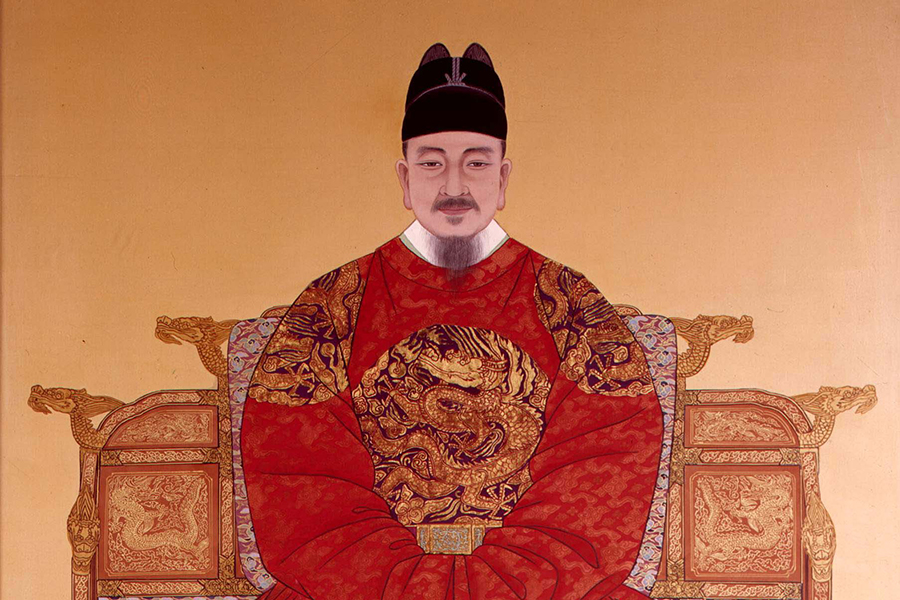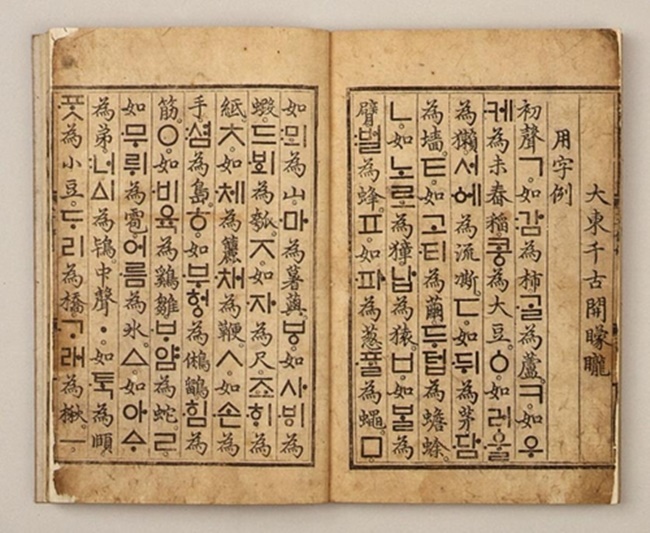“안녕하세요!”
If you first see this language, it might looks complicated, an unfamiliar symbols are set like puzzles. But from now on, it will look attractive.
1. CREATE A LANGUAGE FOR THE PEOPLE

Sejong the Great, the fourth king of the Joseon dynasty, personally created Hangul and revealed it in 1443. Afterward, King Sejong wrote the preface to the Hun-min-jeong-eum (the original treatise on Hangul). The title means ‘The right sound to teach the people’, which is Sejong’s Hangul philosophy. This book is explaining the origin and purpose of Hangul and providing brief examples and explanations. It was published and promulgated to the public in 1446. According to Hun-min-jeong-eum, Sejong decided to create a Hangul because he wanted to reduce the illiteracy rate cause of the class differences and make a language that everyone can use.
2. CAN LANGUAGE BE SCIENTIFIC?

The consonant shape of Hangul is based on scientific principles and the shape of vocal organs. Basic consonants and letter shapes (ㄱ, ㄴ, ㅁ, ㅅ, ㅇ) imitate the positions of the each mouth, teeth, tongue, and neck when pronouncing sounds.
Vowels are easy to distinguish from consonants; they are arranged in straight lines, either horizontally or vertically (for example, ㅗ, ㅏ, ㅜ ). All vowels reflect the idea in Eastern philosophy that heaven, Earth and human are one. “·” symbolized the round shape of the sky, “ㅡ” symbolized the flat shape of the ground, and “ㅣ” symbolized the shape of a standing person.

Hangul is the only artificial language used by the entire nation. In addition, the clear creation period, creator, purpose of creation, and principle of discipleship are characteristics that can distinguish Hangeul from other characters. It is unprecedented in world history that the king of a country himself created letters that can be easily learned for the people, not for vested interests.
Hangul is a writing system based entirely on pronunciation, and anyone can learn it because the pronunciation is not diverse. Foreigners who have received university-level education can learn Hangul in one day and read the signboard only by us.
3. HANGUL, THE DESIGN ITSELF.

Today, artists are trying to reinterpret the unique order, rules, and geometries inherent in Hangeul sculptures and express them in new designs. The point is that it does not miss the trend while following the text arrangement structure of Hangul. The reason why Hangeul can have various interpretations in its design is that small parts of Hangeul, such as formative elements, principles, and structure, are well designed from the beginning.

A good design is honest about its purpose. King Sejong has seen many cases where an ignorant person is subjected to the Legislation and Judiciary Committee because he cannot read the law.
King Sejong published Hangeul with a manuscript to explain the reason.
“There are many uneducated people that cannot express their thoughts in writing. I am greatly distressed by this, and have created 28 letters. It is my desire that all the people may easily learn them and use them daily.”
Writing Sources :
https://medium.com/@minzikang/design-lessons-from-the-korean-alphabet-383191ee7d4d
https://en.wikipedia.org/wiki/Origin_of_Hangul
https://theculturetrip.com/asia/south-korea/articles/8-reasons-why-hangul-is-actually-easier-than-it-looks/
https://issuu.com/jiyooncha/docs/history_and_development_of_hangul